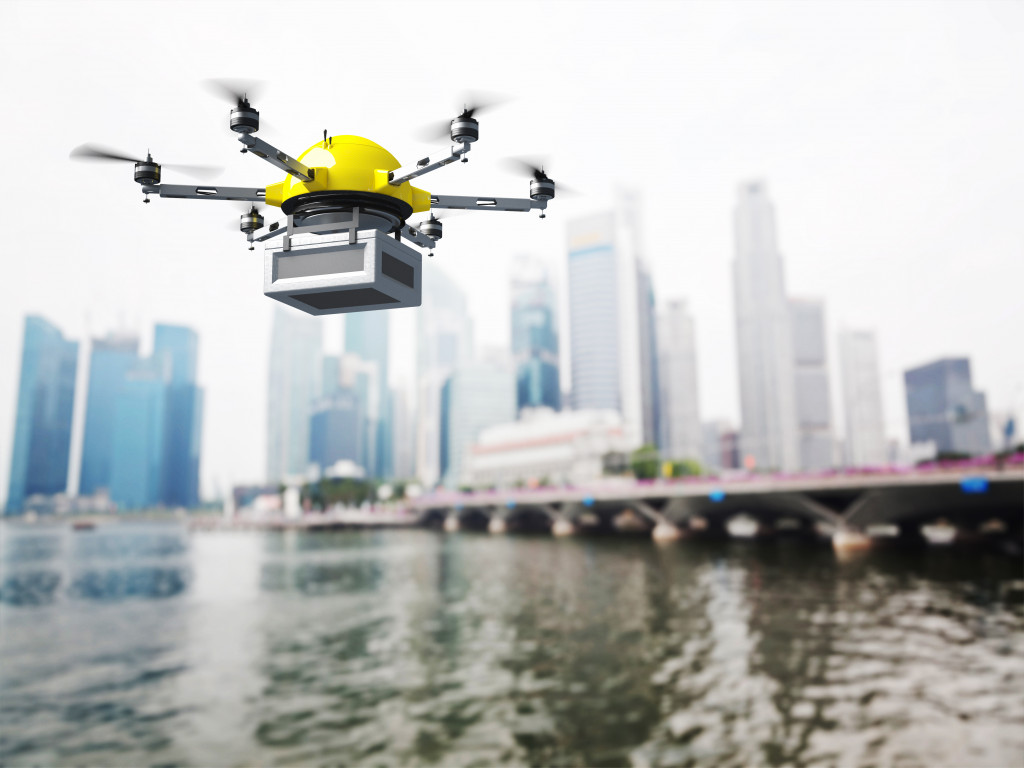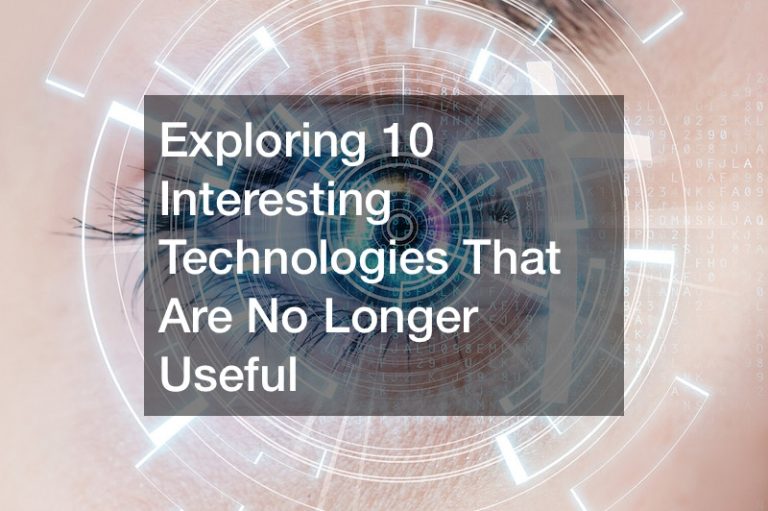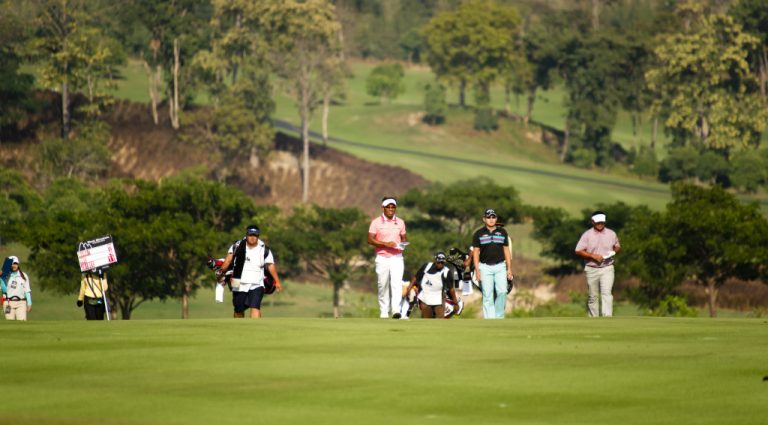Public safety drones are a relatively new tool that is used in specific situations to capture aerial footage from an elevated perspective. These tools can be utilized by law enforcement, public works departments, and other agencies for a number of purposes. In the past few years, these devices have been adopted by more and more public safety organizations because they provide valuable information in dangerous or hard-to-access areas. This article will cover some details about this technology and how it has evolved over time to further improve the safety of the public.
Search and rescue
Search and rescue drones are one of the most common forms of public safety drones. These unmanned aircraft are used to navigate treacherous terrain where it would be nearly impossible for emergency responders to safely access. The ability to capture aerial images has provided search and rescue organizations with valuable information that cannot be obtained on foot or via vehicle. Rescue drones can easily maneuver into tight spaces that ground vehicles cannot reach, and can provide responders with a bird’s eye view of the situation. This information is invaluable in search and rescue operations because it allows first responders to be more efficient when managing large-scale events that span out of ground personnel’s reach.
City mapping

Another popular function of public safety drones is data collection. Mapping software allows drone operators to easily maneuver the device by simply clicking on a piece of land and setting a fixed distance on the map. The software then calculates the most efficient way to cover the selected piece of land and creates a path for the drone to follow on its own. This allows drones to navigate through notable locations such as roads, bridges, and tunnels without putting anyone at risk or requiring manual operation throughout the entire mission.
Police force assistance
Police forces have also adopted drones to capture aerial images during high-risk situations. In the past, police officers would have to rely on helicopters and other aircraft that fly at a much higher altitude than drones do. This presented problems because it decreased the detail that can be captured by these resources, and also made it more difficult for police on the ground to communicate directions to the aerial crew. Drones allow officers in tactical situations to create interoperability in law enforcement and capture clear, detailed images from a much lower altitude for police purposes. By using a public safety drone instead of a helicopter, police can obtain information that is much more useful in dangerous situations because it provides an elevated perspective without taking the risk of putting someone in harm’s way.
Firefighting
Public safety drones are also being used to fight fires in difficult terrain. These drones are usually equipped with thermal imaging cameras that allow operators to easily identify hot spots in situations where smoke and darkness would otherwise limit visibility. They can also quickly cover large areas of land that would be dangerous for firefighters to reach on foot. This makes drone-assisted firefighting a valuable tool when lives are at risk due to harsh conditions or limited accessibility.
Disaster relief
Drones can also be used by public safety organizations when disaster relief is needed. In the event of a disaster when rescuers cannot physically enter a hazardous area, drones are an easy solution for providing relief to stranded victims. Drones aircraft can easily maneuver into areas that would otherwise be impossible for responders to access in the aftermath of natural disasters such as storms, floods, earthquakes, hurricanes, and typhoons. Drones can also carry individual packages by utilizing drop boxes mid-air to deliver supplies when human presence is limited because of dangerous conditions.
Traffic management
Drones are also being used by public safety agencies to monitor traffic in high-risk areas. Because traffic choke points are common during emergency situations, drones can be used to direct cars away from hazardous areas while also providing information that helps responders understand the situation at hand. These aircraft can monitor traffic by transmitting real-time images of nearby streets and highways to the police dispatcher on the ground. Drones are becoming an increasingly valuable resource for public safety organizations because they allow first responders to access hazardous areas that would otherwise be unreachable and unsafe.
There are many different types of public safety drones that can be deployed in a variety of situations. The most popular function is data collection, which allows mapping software to calculate the best way for the drone to cover an area while also keeping operators safe from harm or injury. Police forces have used these remote-controlled aircraft during high-risk tactical scenarios and firefighting efforts because they allow officers on the ground to direct aerial crew without putting themselves at risk. Public safety drones can also monitor traffic by providing information about road conditions and directing cars away from hazardous areas when necessary. With new innovations coming out every year, it’s easy to see why there has been such a major push towards using public safety drones more often!

















